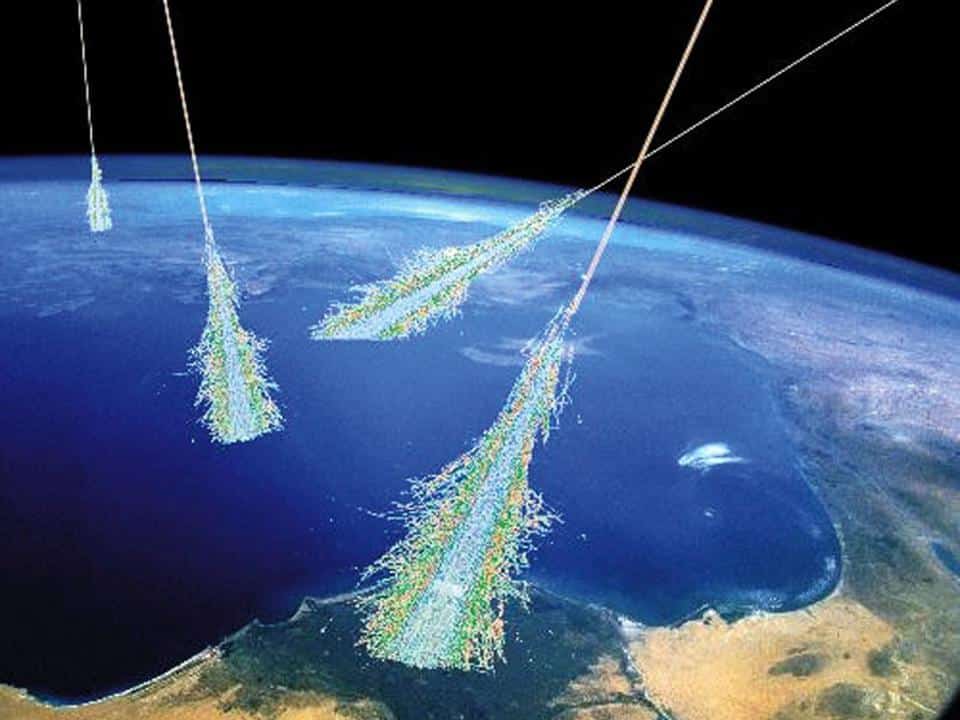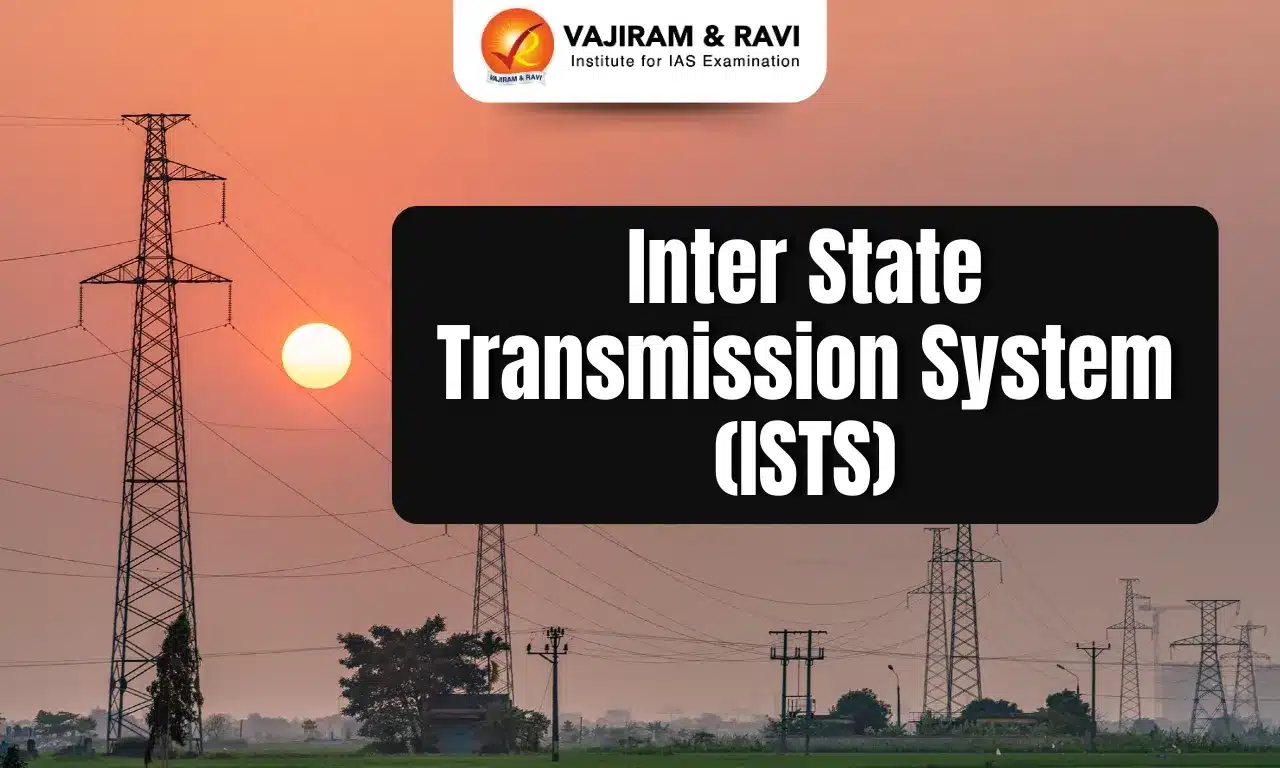Why in news?
- To analyse 14 kilometres long rampart, researchers deployed a technique called muon tomography or muography, which uses muons to generate three-dimensional images of such large structures.
What are Muons?
- Muons are subatomic particles raining from space.
- The muon was discovered as a constituent of cosmic-ray particle “showers” in 1936 by the American physicists Carl D. Anderson and Seth Neddermeyer.
- They are created when the particles in Earth’s atmosphere collide with cosmic rays — clusters of high-energy particles that move through space at just below the speed of light.
- It has two forms, the negatively charged muon and its positively charged antiparticle.
- These particles resemble electrons but are 207 times as massive. Therefore, they are sometimes called “fat electrons”.
- Muons are so heavy, they can travel through hundreds of metres of rock or other matter before getting absorbed or decaying into electrons and neutrinos
- They are highly unstable and exist for just 2.2 microseconds.
What is muon tomography?
- Although muon tomography was first used in the 1960s, it has only recently gained widespread use among researchers, particularly in archaeology.
- It is conceptually similar to X-ray but capable of scanning much larger and wider structures, owing to the penetration power of muons.
- All that is required is to place a muon detector underneath, within, or near the object of interest.
- The detector then tracks the number of muons going through the object from different directions, to form a three-dimensional image.
- The image is then compared with a muon image of the “free sky.” This indicates how many muons have been blocked. The final picture is essentially a shadow of the object, in the light of cosmic muons.”
Q1) What is an electron?
An electron is a stable subatomic particle with a negative electrical charge.
Last updated on July, 2025
→ UPSC Notification 2025 was released on 22nd January 2025.
→ UPSC Prelims Result 2025 is out now for the CSE held on 25 May 2025.
→ UPSC Prelims Question Paper 2025 and Unofficial Prelims Answer Key 2025 are available now.
→ UPSC Calendar 2026 is released on 15th May, 2025.
→ The UPSC Vacancy 2025 were released 1129, out of which 979 were for UPSC CSE and remaining 150 are for UPSC IFoS.
→ UPSC Mains 2025 will be conducted on 22nd August 2025.
→ UPSC Prelims 2026 will be conducted on 24th May, 2026 & UPSC Mains 2026 will be conducted on 21st August 2026.
→ The UPSC Selection Process is of 3 stages-Prelims, Mains and Interview.
→ UPSC Result 2024 is released with latest UPSC Marksheet 2024. Check Now!
→ UPSC Toppers List 2024 is released now. Shakti Dubey is UPSC AIR 1 2024 Topper.
→ Also check Best IAS Coaching in Delhi















